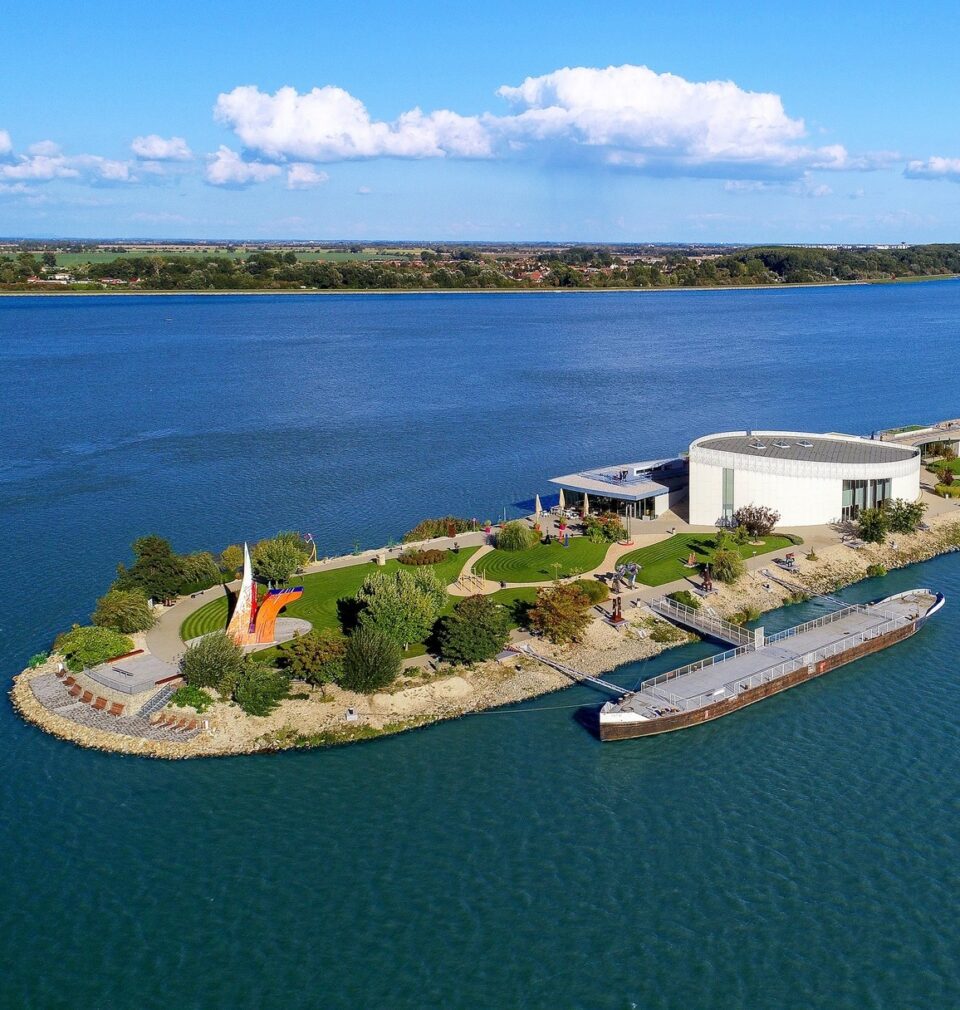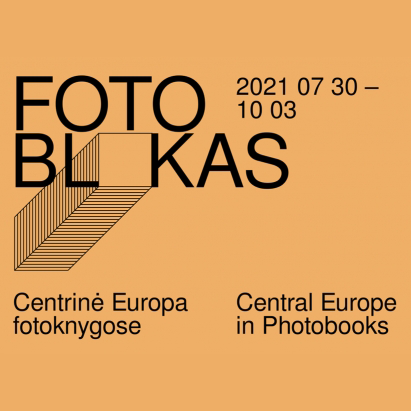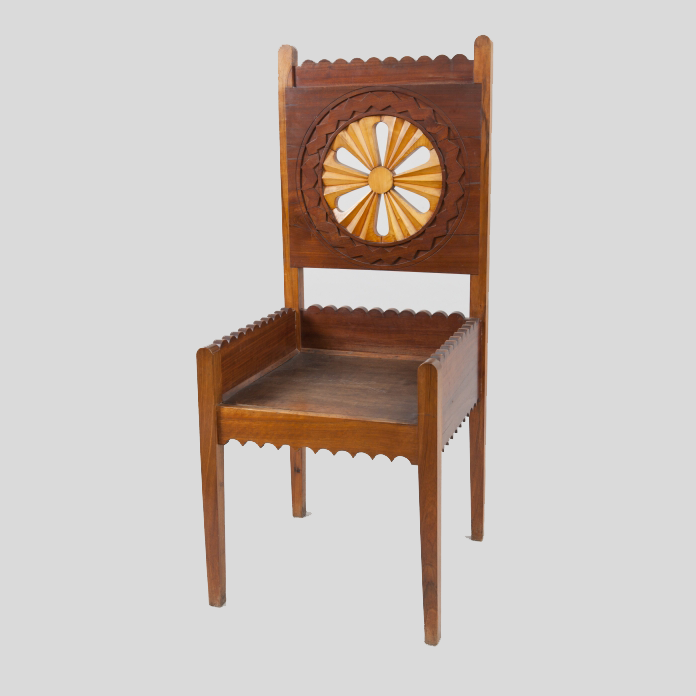
Worth a look
Autumn Exhibitions at Danubiana in Bratislava
Art and Heritage in Central Europe
The Danubiana Meulensteen Art Museum invites you for several exhibitions that are available until December 7, 2025:
-> “Jan Šafránek – About People” https://danubiana.sk/en/vystavy/o-ludoch
The exhibition O ľuďoch / About People offers a profile of the work of painter Jan Šafránek, a globetrotter and keen observer who, through precise classical painting techniques, captures the world with an exceptional and unique perspective. In his lively and thoughtful compositions, he records moments of everyday life in streets, markets, festivals, cafes, bars, and galleries. His paintings capture both ordinary and absurd situations, always with a gentle, irony that evokes a smile and stimulates the imagination.
Šafránek’s painting style was formed in the 1960s, when, in addition to painting film panels, he mastered figurative painting. In the 1970s, he was active in the Prague alternative scene, participating in unofficial exhibitions and underground events. His signing of Charter 77 marked a fundamental turning point, which resulted in emigration – first to Austria and later to Australia, from where he travelled to Tasmania, New Zealand, the Pacific, and South America.The artist, who now lives in Prague and Vienna, projects rich cosmopolitan experiences into his works. Despite all the changes in geographical and personal conditions, his central theme remains man and his stories, in which we always find Šafránek’s typical humor, empathy, and perspective.
-> “Fero Lipták – Name, City, Animal, Thing…” https://danubiana.sk/en/vystavy/meno-mesto-zviera-vec
Fero Lipták warns us from the very beginning that this concerns the word game, Meno, mesto, zviera, vec… (Name, City, Animal, Thing…) in which one player begins to recite the alphabet until another player says, “Stop!” Like every game, it has specific rules, but rules that are meant to be broken, and it seems that the artist really enjoys breaking them. His choice of paintings, drawings, and illustrations is a good example. His red man, so characteristic of his artistic style, barely makes an appearance here. Lipták escapes the predictability of the name to the motifs of the city. But his cities do not submit to the rules either. They are somehow excessive. As if they have gone mad in a compulsive movement of growth. More blocks, more floors, more tracts! This architecture of excess does not bypass even a figure. It transforms it into one of its urban zones, because the principle from which it grows is deeply human. Is it possible to break free from this city’s dictates?
-> “Marian Drugda – Variables” https://danubiana.sk/en/vystavy/variabily
Variables are flat, relief and plastic objects of basic geometric shapes composed of two or three perforated colored plates placed one behind the other. They are made of paper, plastic, metal or fiberboard, with holes of a certain motif cut into each layer, and painted on both sides. The layers are arranged one after the other and, depending on the type of variable, they are placed on a fixed hanging structure on a wall or inserted into the grooves of larger, stable relief plastic objects.
Each variable has its own basic composition. By rotating and changing the background of the individual plates, it is possible to create up to 768 compositions. In other words, for two years you can have a new composition every day. Many people like the fact that they can change the composition. The variable compels them to think about what would happen if they made this or that change. The artists only determines the basic composition to ensure that each of the three plates is visible.
Copyright © Herito 2020



